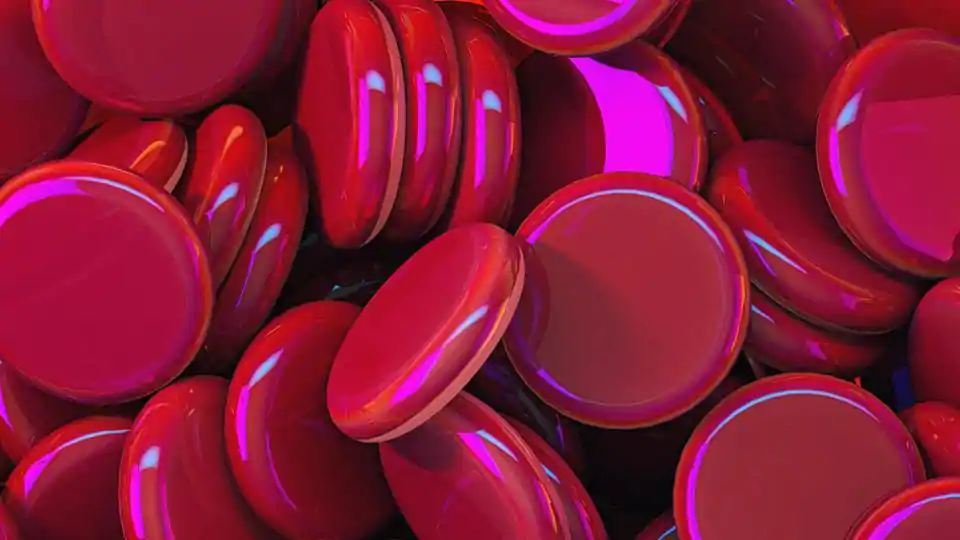A team led by researchers of Tohoku University has laid out the experimental evidence of the role of protein in keeping the developing cells in correct compartments together.
According to the findings published in the journal Nature Communications the tightly cells that clump together, known as cell adhesion, appears to be enabled by a protein better known for its role in the immune system.
Scientists have long observed that not-yet-specialised cells move in a way that ensures that cell groups destined for a specific tissue stay together.In 1964, American biologist Malcolm Steinberg proposed that cells with similar adhesiveness move to come in contact with each other to minimise energy use, producing a thermodynamically stable structure. This is known as the differential adhesion hypothesis.
“Many other theoretical works have emphasized the importance of differences in cell-to-cell adhesion for separating cell populations and maintaining the boundaries between them,…
